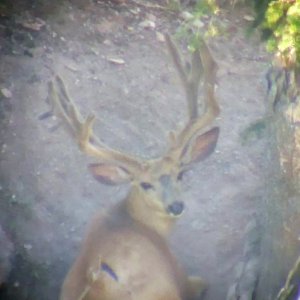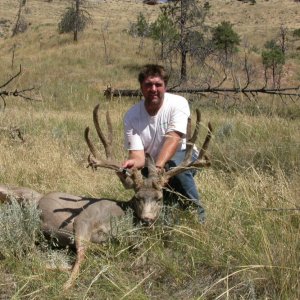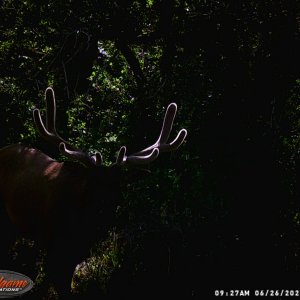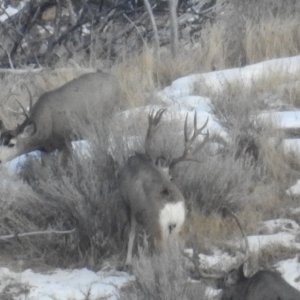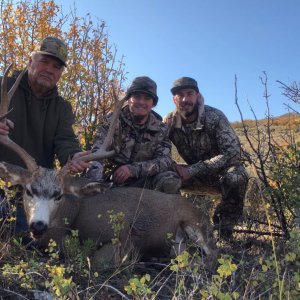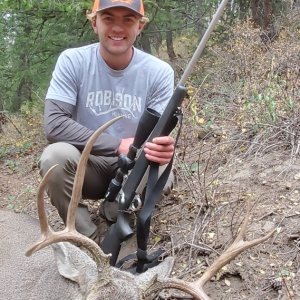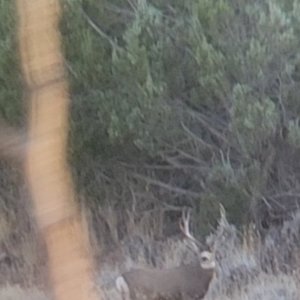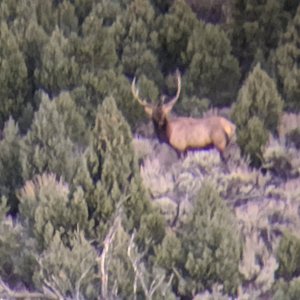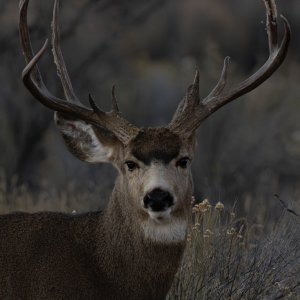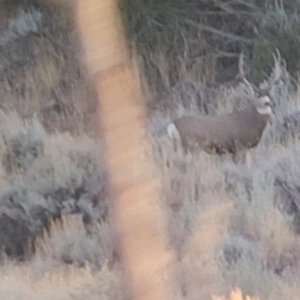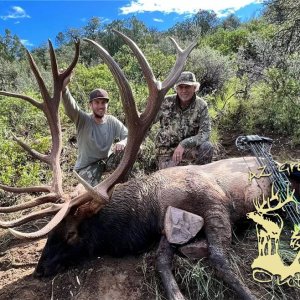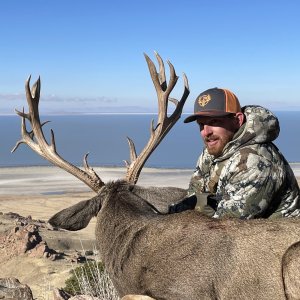I would tend to agree with the biologist that there is not a "huge" difference, but there definitely can be a difference. I think there are too many variables, in addition to moisture, to consider (ie: injury, overall health, age, genetics, etc). Usually moisture may not make a huge difference because, in my area, bulls tend to summer in the highest, coolest, wettest areas where the food is great throughout most of the summer. If it gets dry, they move to a better place.
When I've picked up sheds from the same animal they usually are bigger from one year to the next or sometimes almost identical in size...even on dry years. Once the animal starts to get old though, the antlers I've found tend to get smaller in tine length, even lose some tines, and get smaller in overall size...even in wet years.
Something else I've noticed with sheds from extremely dry years compared to wet years is the density of the bone around the marrow/center. I recall one extremely dry year with poor feed where 75% of the antlers I found had broken points or beams. The hard structure around the marrow/center was thin (I don't know if you call the center of the antler marrow or something else??). On wetter years I don't find nearly as many broken antlers, and when I do you can see that the hard bone around the center is thicker and much harder.
This would make an interesting study or research project!

